In one of his more candid moments this past season, NBA commissioner Adam Silver confessed that he was concerned about the mental health of NBA players.
"A lot of players are unhappy," Silver told Bill Simmons at the MIT Sloan Sports Analytics Conference, attributing much of the anxiety to social media.
There are any number of environmental or chemical factors present in "unhappiness" -- social media is certainly one, mental health conditions that go undiagnosed and untreated are likely another. One less obvious feature present in the lives of young NBA players is that the vast majority of them are playing in cities, for bosses, with co-workers and on behalf of brands they had zero influence in choosing.
In the NBA, a first-round pick who shows promise is effectively under the control of the team that drafted him for the first seven seasons of his career. This means that in the most formative years of their professional development, the most talented young men in basketball are given no agency to decide what most of us take for granted: where we will live, work and put down roots in our adult lives.
As Anthony Davis was preparing to become the No. 1 pick in the 2012 NBA draft, I wrote a piece proposing the NBA ditch the draft. Though the idea was presented as a fix for tanking, I also wanted to emphasize the principle of fair labor. I suggested that among the effects stemming from the abolition of the draft "would be a likely uptick in retention. A young player who chooses his destination based on his personal criteria is far more likely to stick around long term."
Seven years later, Davis has proved to be an apt illustration of the downstream effects of the draft system. If you were looking for a valve for the unhappiness Silver was talking about last winter, Davis was it. Wherever you come down on the conduct of Davis and his camp during the chaotic standoff that paralyzed two franchises and rippled out to several others before Davis was dealt on Saturday to the Lakers, it's fair to ask what role the current draft system played in the affair. Davis never chose New Orleans, and though he signed a flush multiyear extension with the Pelicans in 2015, he was yoked to restricted free agency when he did.
Freedom of choice for players should be a sacrosanct principle, particularly in a league that claims to value meritocracy. Looking at the roster of NBA owners, it's hard to believe that these billionaire proprietors, many of them self-made, don't subscribe to that virtue. Can you imagine if Memphis Grizzlies owner Robert Pera -- who, upon graduating from UC San Diego with a master's in engineering, chose to take his skills to Apple -- was instead asked by some governing authority in big tech, "Where don't you want to go?" then promptly assigned there?
We are currently seeing that elite young basketball players, even before they arrive in the NBA, appreciate the value of choice more than ever. Witness RJ Hampton opting to play professionally in New Zealand rather than go uncompensated for his labor in college. The NBA has recognized as much by essentially opening up the G League as an alternate route for prospects who, like Hampton, want to steer clear of NCAA basketball.
Proponents of the draft generally maintain that it's the only way to ensure fairness in a 30-team league in which some of those teams are far more appealing homes than others. When a prodigy like Zion Williamson declares himself eligible to play in the NBA, the fairness of allowing him a say in where he'd like to play must defer to the fairness of giving the league's failing teams an infusion of talent.
Williamson, though, might entertain ideas about what kind of coach he'd like to play for, or the kind of city he'd like to live in, or the types of teammates he'd like to share the court with. Given that Williamson is a player with uncommon force whose output will need to be managed carefully, he might not want to entrust his body to just any medical and performance staff.
In a league where the product is the talent, why do employers get to interview the potential employees, but not the other way around? As Williamson embarks on building a global brand for himself over a career whose prime will come and go in about a dozen years, he might even have certain standards about what kind of person or businessman an NBA owner should be. Why is disqualification a one-way street, whereby no team has to employ a player whose character it finds questionable, but no incoming rookie has the right to dismiss an owner he and his family might think is sketchy?
NBA teams vary greatly in identity. Some are highly structured organizations, governed by order and discipline that have been in place for a while. (See: Miami, Oklahoma City.) Others feel like start-ups, with aspirational principles in place, and everything new and in flux -- and boy is it exciting! (See: LA Clippers, Brooklyn.) Teams are a lot like players in that way, and their personnel decisions are often expressions of those identities. But acting on preferences isn't a privilege that's afforded the draftee.
If NBA teams had to sell themselves to the rookie class, the overall quality of NBA management and the competitiveness of the product might improve considerably. It's likely that NBA owners understand this, because many of them have made hundreds of millions of dollars by mastering the incentive structures present in markets. Even though the league this year adjusted that structure for obtaining the highest draft picks -- tweaks that penalized the spectacularly awful teams in favor of the pretty awful ones -- failure is still the path to the best draft talent in the NBA.
Most fans and those inside the league widely acknowledge that the NBA product over the final seven weeks of the regular season is a watered-down version of the real thing. Remove the incentive to lose and the NBA could elevate the quality of play during the final third of the regular season. But more than that, the league could make winning games an advantage -- not an impediment -- toward luring a top young prospect to a team.
Imagine a system in which incoming rookies enjoyed the power to choose -- say unrestricted free agency. Critics contend that such a setup would concentrate the best young rookies on established and/or sexier franchises. But in a restrictive salary-cap system, a capped-out team doesn't have the resources to offer Williamson what he'd command in free agency. The Warriors would be every bit as hamstrung in pursuit of Williamson, Ja Morant or any other top-five pick as they are in chasing Kawhi Leonard and Kyrie Irving.
Would the Lakers be assured a top-three talent every year by virtue of being the Lakers? Who knows, but under the current system, the most recognizable brand in North American professional sports drafted the No. 2 pick three years running from 2015 through 2017, and are slated to pick fourth this season. If rookies were free agents, the Lakers would not only have to win prospects with the power of persuasion, they'd also have to pay them something close to market value.
With NBA teams holding nearly equal spending power and operating under the same rules in the current cap structure, those who employ stars earning big salaries will have only so many resources with which to outbid teams that don't for the services of the most talented rookies. Only one of the eight conference semifinals teams (Philadelphia) would have any meaningful cap space to outbid the have-nots, and if rookie free agency occurred after veteran free agency, the Sixers could do so only by moving on from one of their veteran free-agent stars.
It's not that bad teams would have nothing to worry about -- but that's a feature, not a bug. Teams that have been circling the drain for years could no longer afford to perpetuate the cycle of misery with the comfort of knowing there's help on the way via the draft. Instead, poorly performing franchises would be pushed to do whatever was necessary to warrant the attention of the better prospects. They'll have to win basketball games, or build the best performance programs and training facilities, or hire executives and coaches whom players want as bosses. At the very least, franchises would have to approach desirable rookies and be able to say confidently, "This is a place where you can be the face of a franchise, win and build a personal brand."
Typically, arranged marriages don't produce the happiest unions, which could help explain why there are so many troubled working relationships in the NBA. A more equitable system would mean fewer storylines about player discontent and stars wanting to be elsewhere when their contracts expire -- and that's better for business.
The most capable teams, of course, will find their Kawhi Leonard, Draymond Green, Klay Thompson, Kyle Lowry or Pascal Siakam -- not one of them, incidentally, chosen in the top 10. They'll identify him early as the value play in the incoming class, all while a dozen rivals invest their resources and attention on landing one of the top three picks in a "three-player draft."
Scenarios like these would force front offices to act strategically, as there are a number of very good players who will gladly sign with a smart organization that values them as a foundational piece of the future and demonstrates as much -- not a safety school for a team that swings and misses on its first two pitches.
For those who believe that unrestricted free agency would be too punitive toward the NBA's doormat teams or less alluring markets, the league could develop a "matching system," like the National Resident Matching Program (or NRMP or "The Match"), which labor economists continue to regard as a remarkably effective model for assigning incoming talent to employers who need it.
How does it work? Every year, graduates of medical school -- the nation's future doctors -- rank the places where they'd like to be resident physicians in order of preference, while the medical institutions rank the graduates they most want to hire. An algorithm then processes the choices and issues the matches. The most talented young doctors are frequently paired with the most prestigious institutions, because there's often mutual interest.
But as Alvin Roth, who directed the redesign of the NRMP in 1995, writes in "Who Gets What -- And Why," The Match is a system in which "no applicant and residency program not matched with each other preferred each other to their assigned matches."
In an "NBA Match" system, if North Carolina's Nassir Little landed with Charlotte, there's a mathematical guarantee that no team he preferred ranked him higher than the Hornets did. Likewise, if Detroit ended up with Romeo Langford, it's certain that no rookie the Pistons liked more than Langford ranked Detroit higher than Langford did.
In an NBA Match system, mutual affection between player and team is recognized and honored. Overall, the best players and most desirable teams would clearly benefit in a match system -- and in this sense the NBA would begin to resemble the rest of professional life.
Concerns over whether Morant, the projected No. 2 pick, would just choose a winner ignore practical realities in the NBA that inform behavior. Would Morant really be willing to play behind Stephen Curry and Klay Thompson with Golden State or Damian Lillard and CJ McCollum with Portland? Would he willingly choose to play with Houston's James Harden and Chris Paul? How about Ben Simmons in Philadelphia, Russell Westbrook in Oklahoma City or the majority of the league's teams that are committed long term at Morant's position?
How would Morant rank his preferred teams if he had the opportunity afforded to every med school grad in the country -- or if he was endowed with total freedom, like the smartest engineers coming out of college right now?
Would he seek out a situation like Trae Young's, in which the keys to a franchise are handed over to him on Day 1? Would he choose to play with LeBron James, assuming James has any interest in the final years of his career teaching a remedial education in NBA life to a 19-year-old? Would he look for a team that could offer a different flavor of veteran mentorship? Would the native of Sumter County, South Carolina, who played at a lower-profile college program prefer a smaller market?
Whatever criteria Morant applied to draw up his list, the common denominator would be, "What would make me happy?" And a league that has spent the better part of a year wringing its hands over the unhappiness of many of its best players could consider furnishing the next generation of stars the most basic amenity of professional and personal happiness: a say in where you work and live.




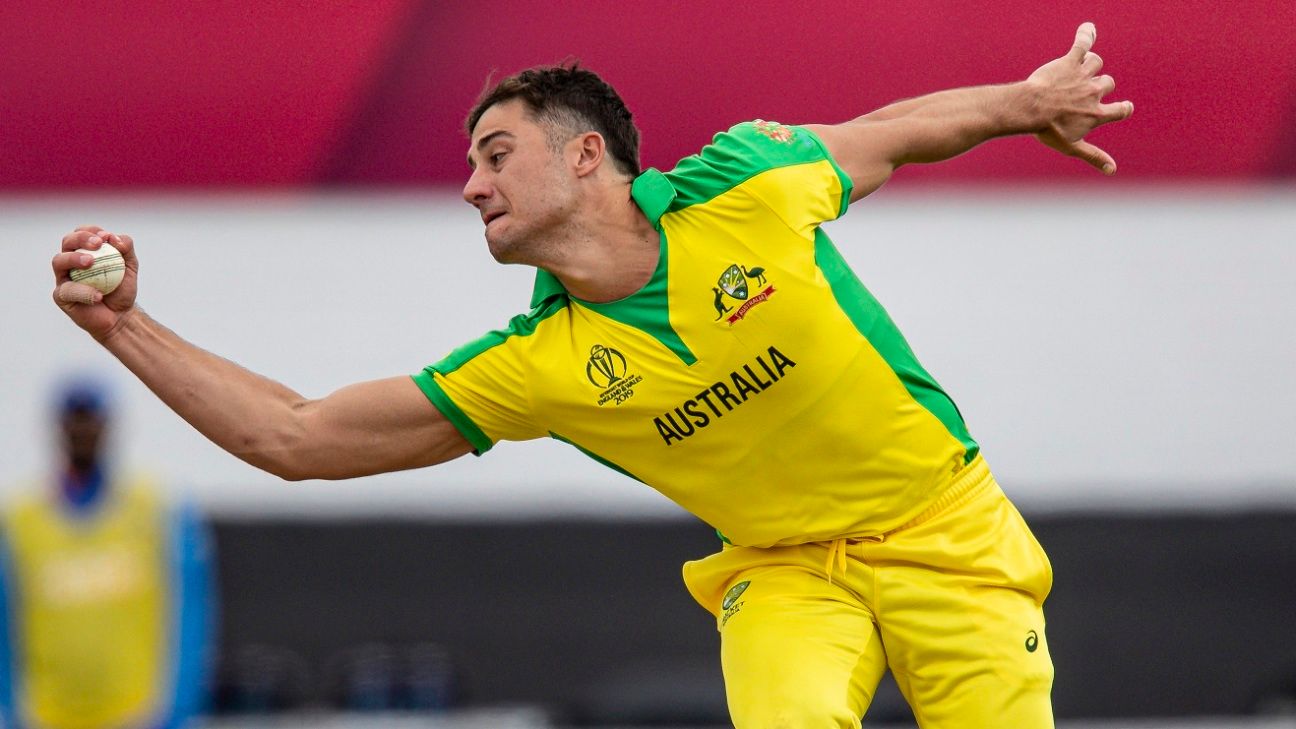
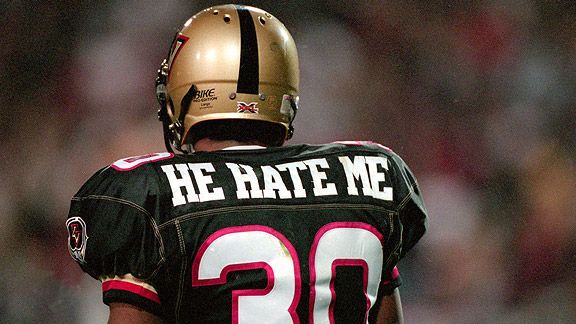
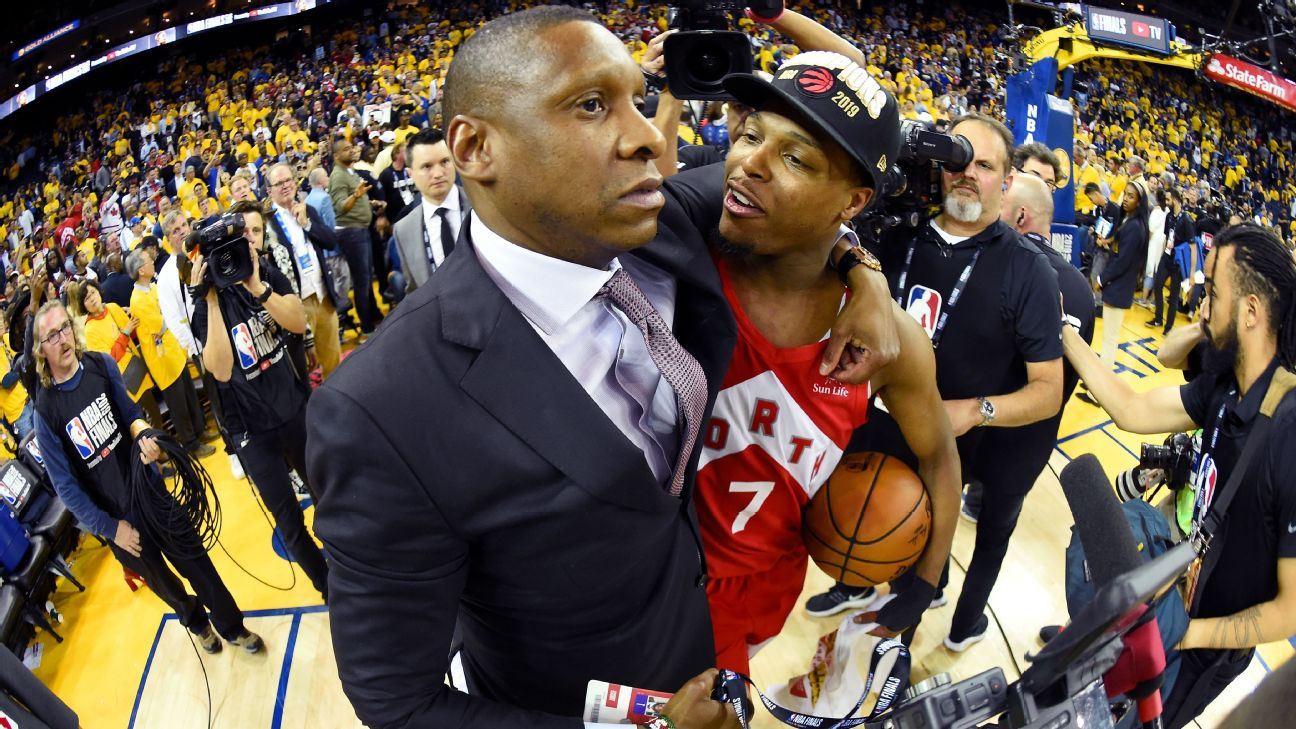
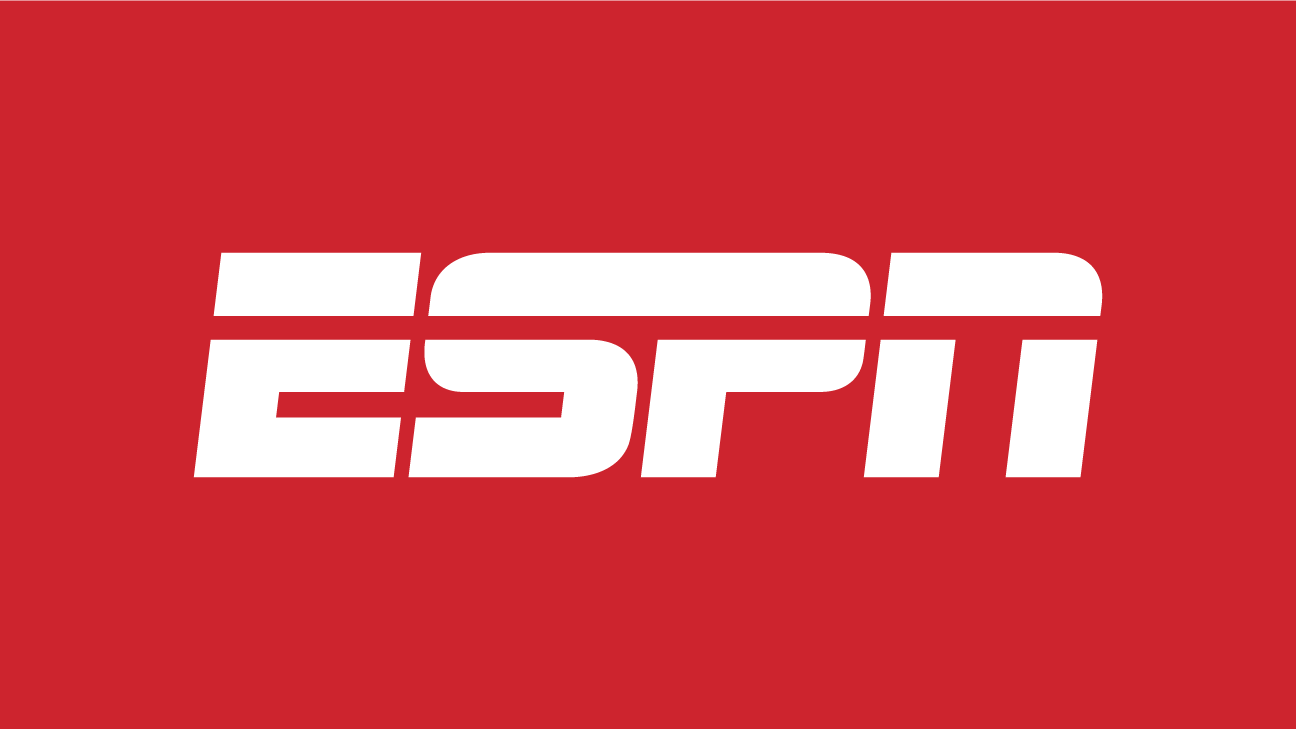
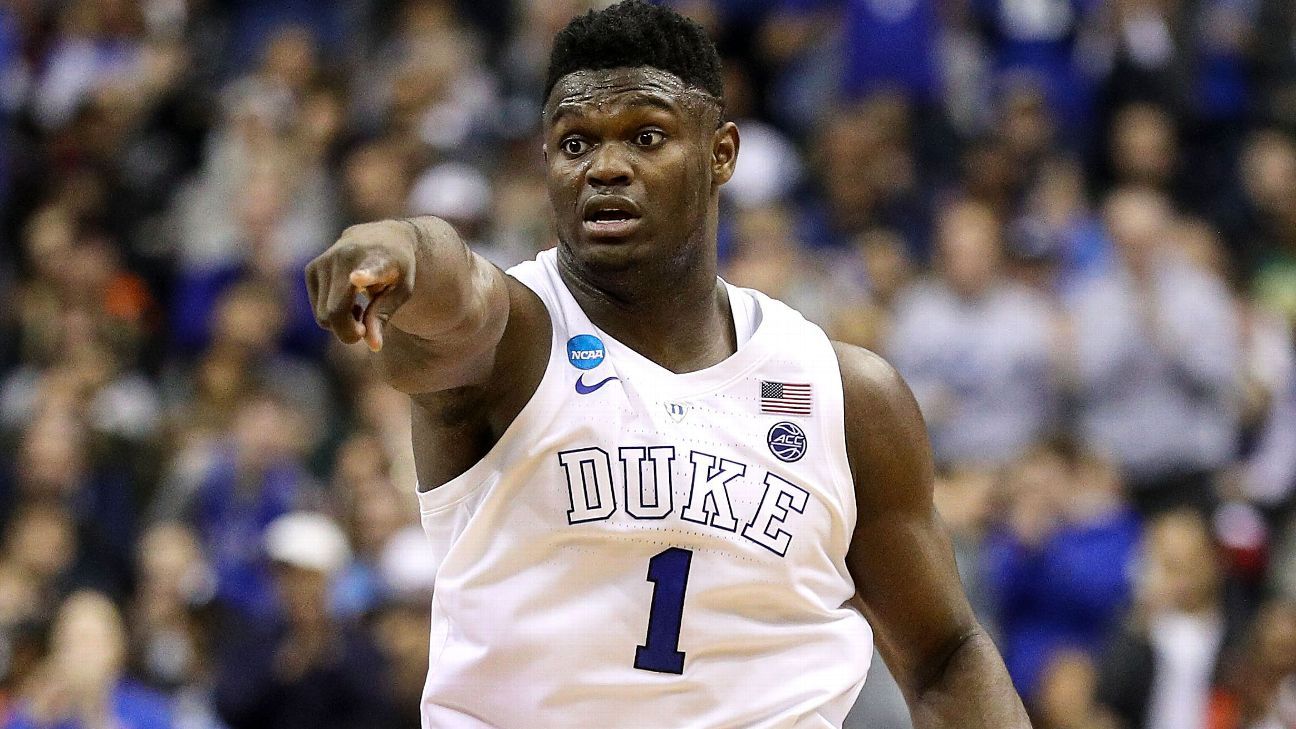
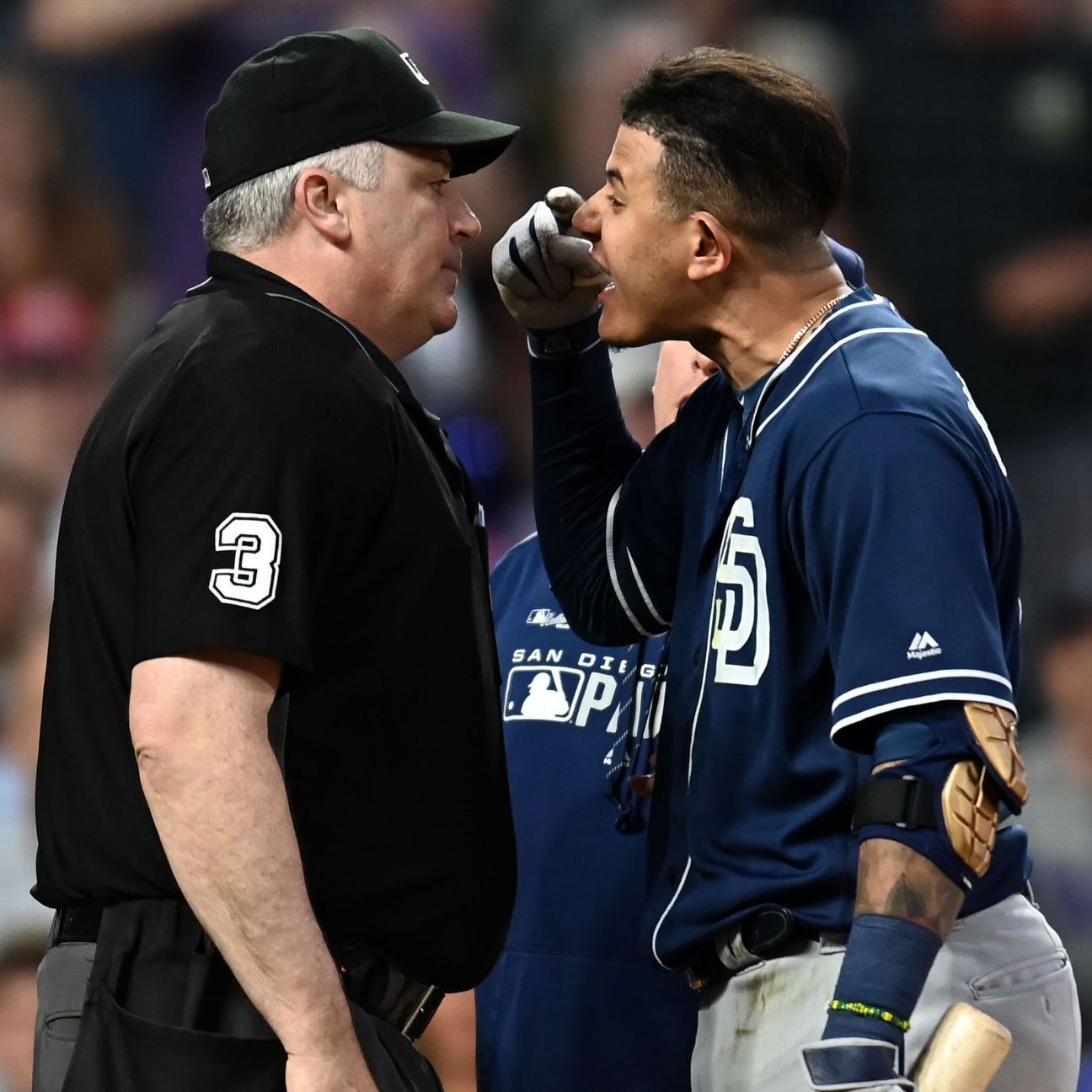

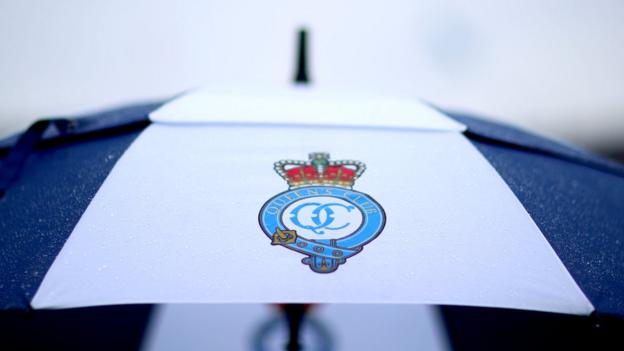













 Phone: (800) 737. 6040
Phone: (800) 737. 6040 Fax: (800) 825 5558
Fax: (800) 825 5558 Website:
Website:  Email:
Email: 






